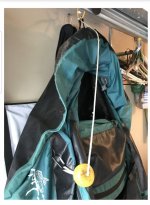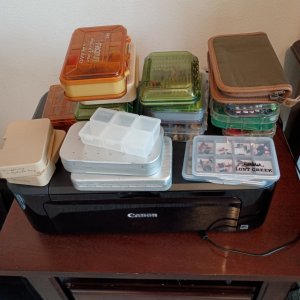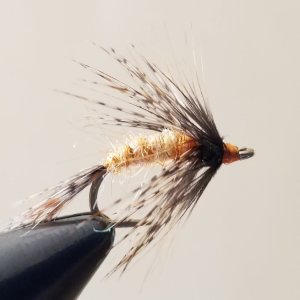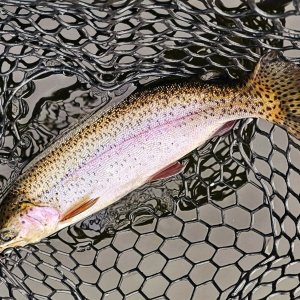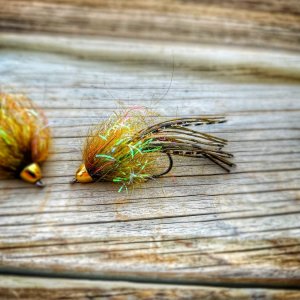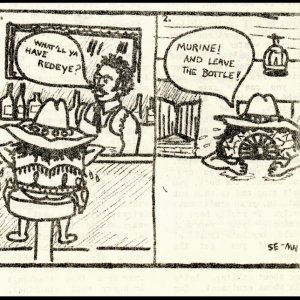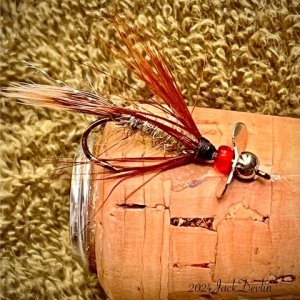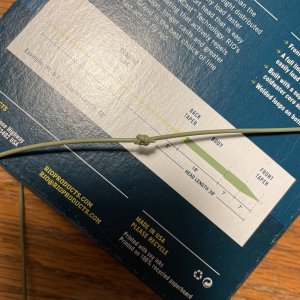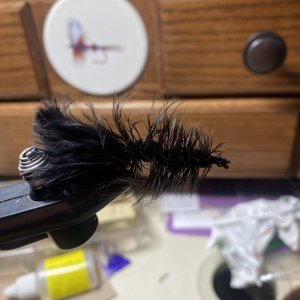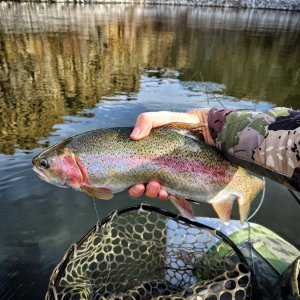whoahkarebear
Smolt
Hello all!
Thank you for creating such a welcoming environment.
I have been float tubing and still water fly fishing. However, I have been having a difficult time staying well anchored and stationary while casting chironomids/watching the indicator.
Could anyone share their tips and tricks on staying still while float tubing for successfully chironomid castings?
Thank you for creating such a welcoming environment.
I have been float tubing and still water fly fishing. However, I have been having a difficult time staying well anchored and stationary while casting chironomids/watching the indicator.
Could anyone share their tips and tricks on staying still while float tubing for successfully chironomid castings?

